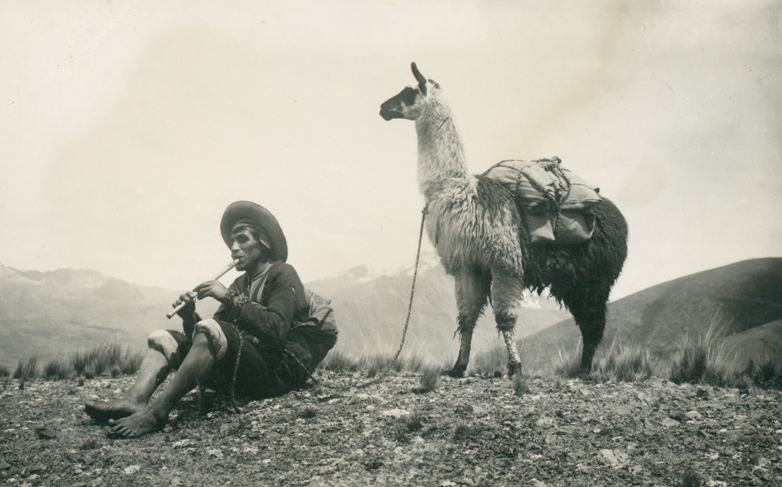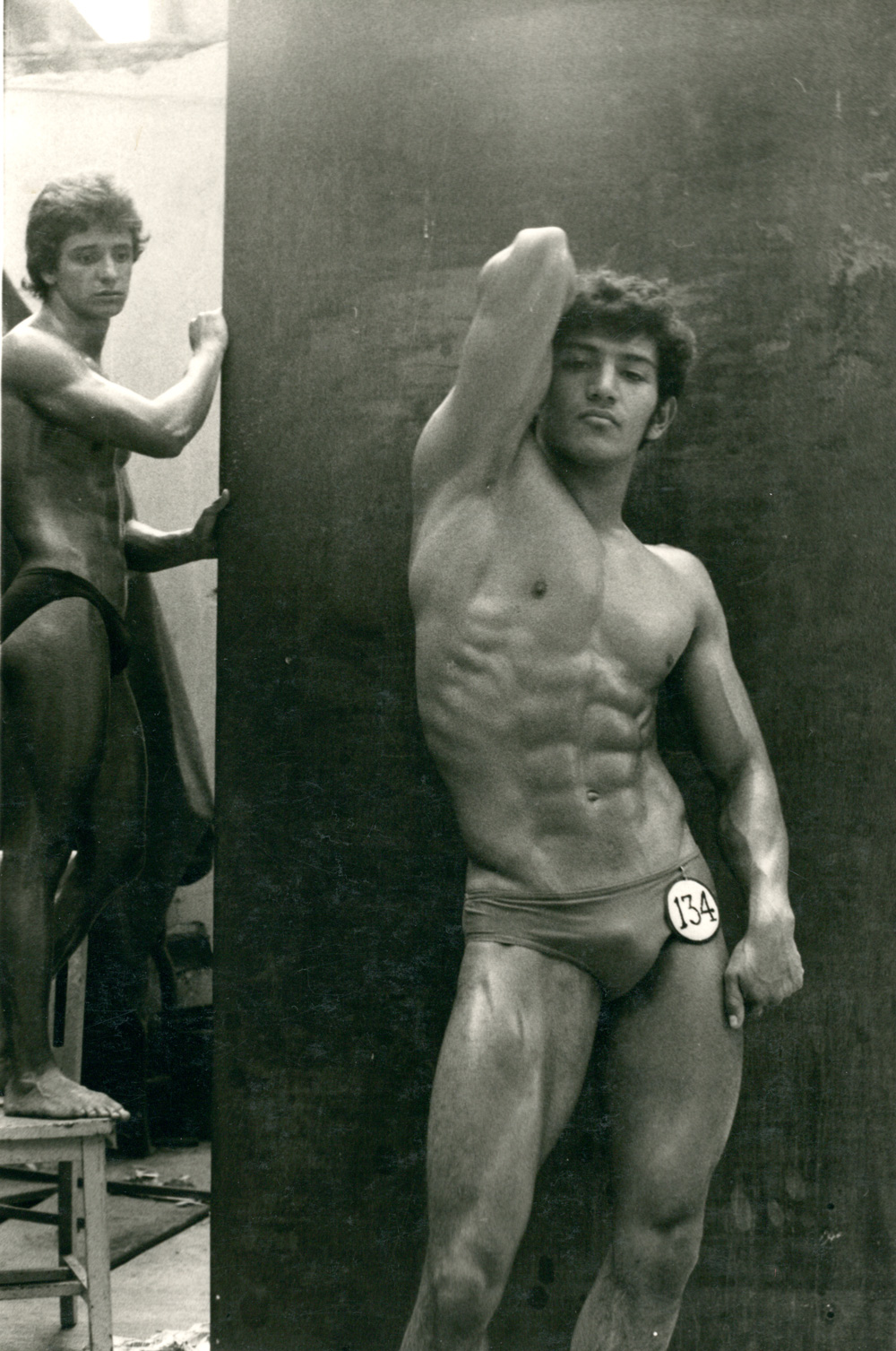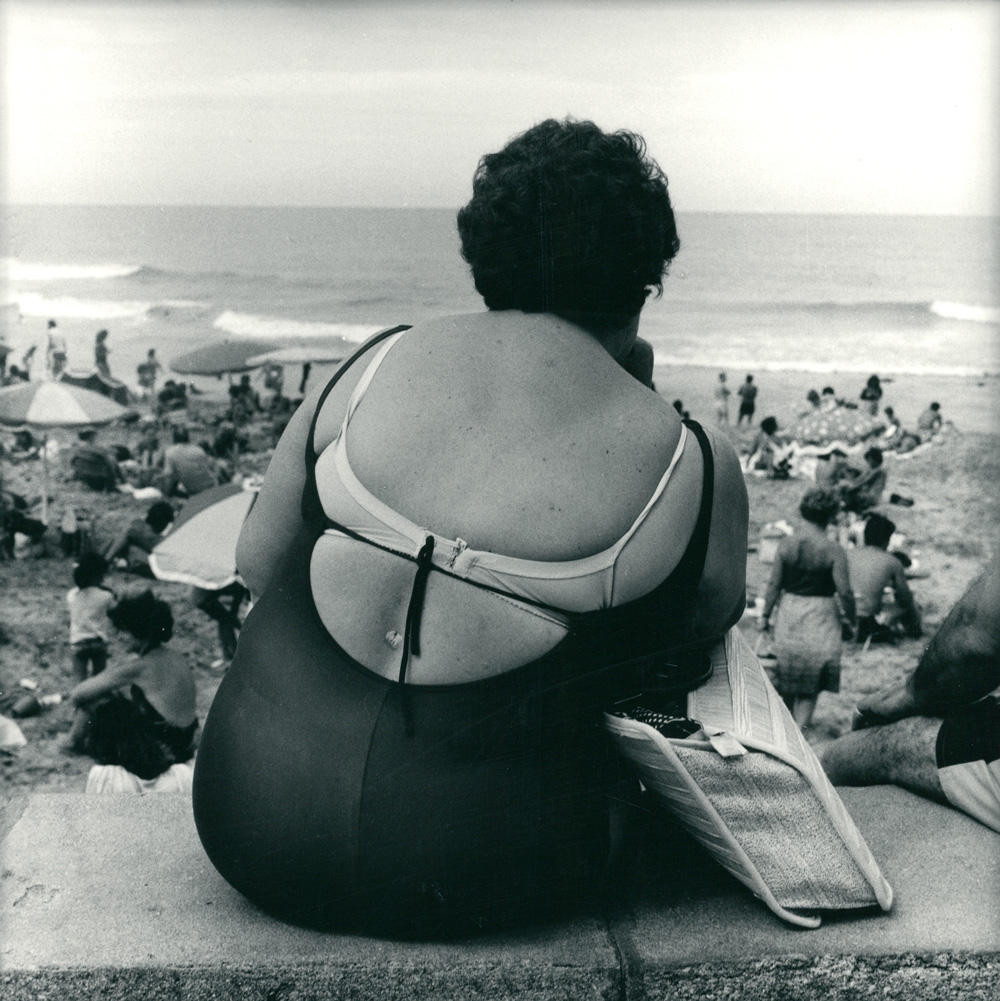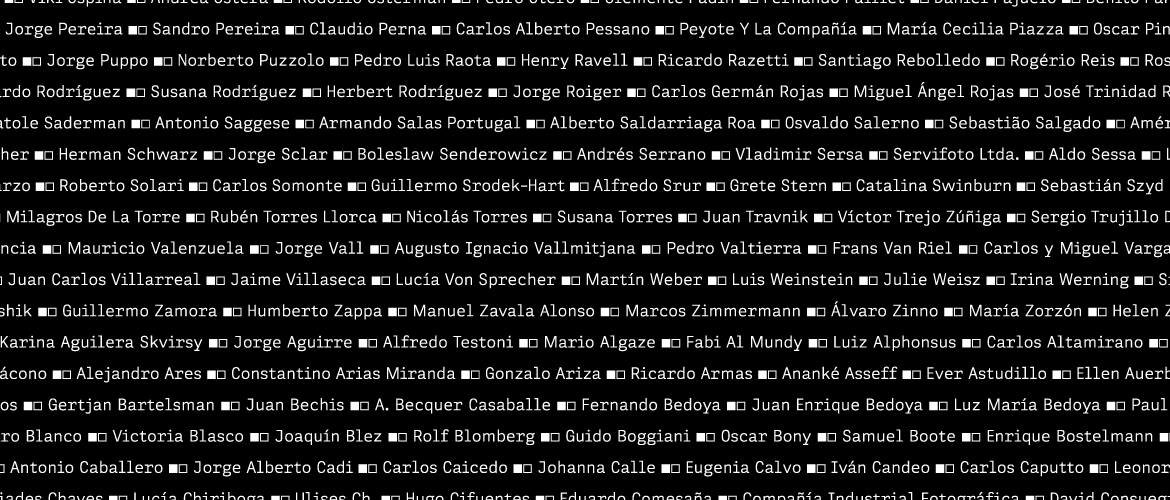
The Larivière Collection is made up of more than 3,000 photographs, ranging from postcards and vernacular photography, to series, portfolios and works combining photographic techniques with other materials and supports. The Collection contains pieces from the late 19th century to the present. Although the decades from 1940 to 1990 tend to dominate, the vast majority of the works are vintage photographs. They are mostly from Argentina, although there is also a considerable photographic heritage from Mexico, Peru, Colombia, Chile, Venezuela and Brazil. Works from Cuba, Ecuador, Paraguay, Uruguay, Costa Rica, Guatemala and Panama complete the range of countries represented in the collection.
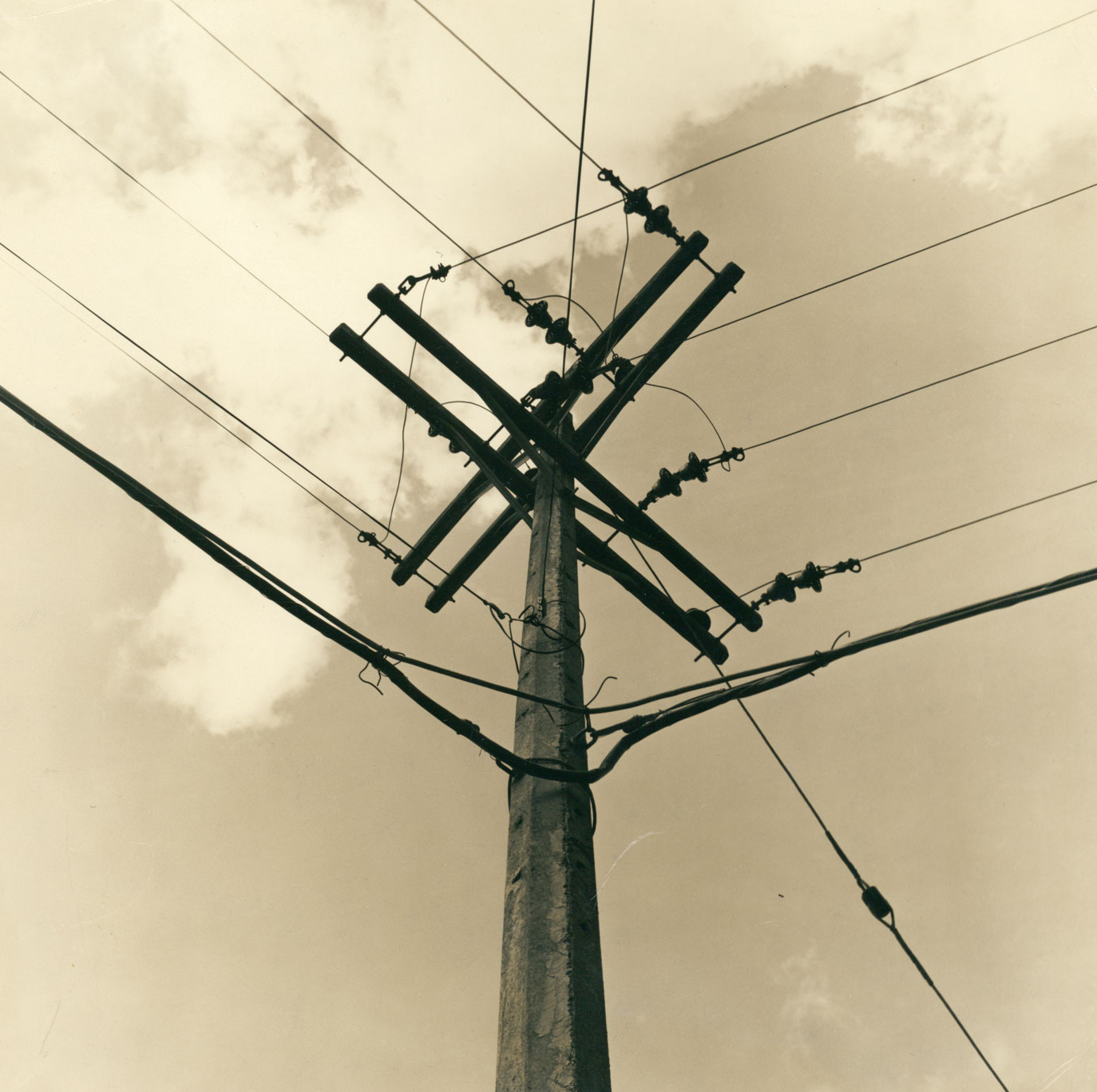
Tendido eléctrico - Ortiz, Jorge (Colombia)
The artists featured in up the Collection, of whom there is a large number, examine the urban space and its actors as their central issue, each one working in the context of their own latitude, perspective and aesthetic proposal. The city becomes the scene for profound transformations, of historical and political conflicts where many different social subjects do battle. Within the framework created by the portrayal of these cities and their edges, dissimilar temporalities and cultures coexist, juxtaposing and emphasizing symbols, architectures, memories and rituals. At the same time, faces and bodies adopt a prominent role, featured in works as diverse as traditional studio portraits or contemporary experimental and critical pieces.
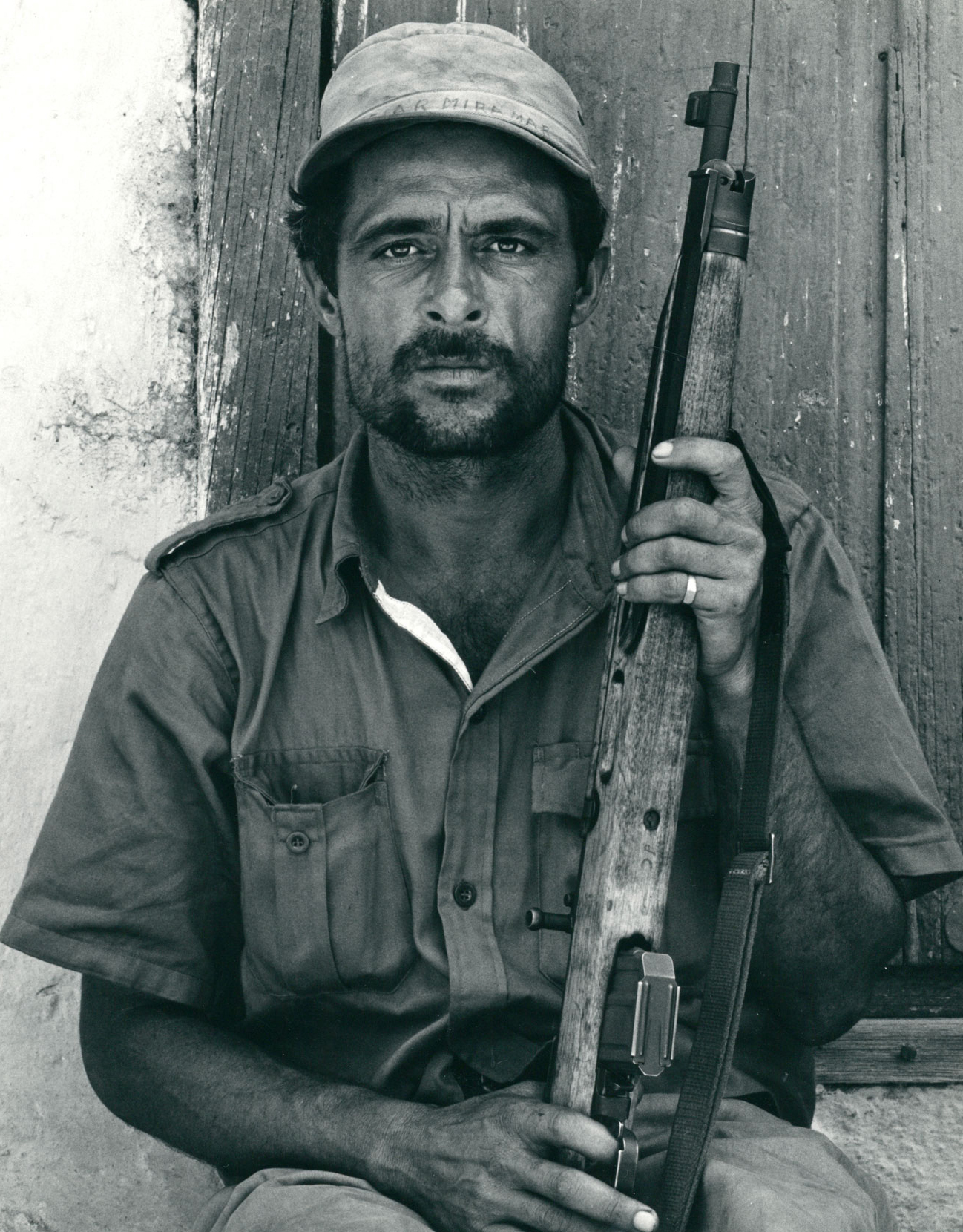
Miliciano - Gasparini, Paolo (Venezuela)
The photographs in the Larivière Collection bear witness to the processes of modernization, to social struggles and political violence, dissident identities, sexuality, nightlife, consumerism, mass protests and the media.

Frontis (Palacio de la moneda) - Hoppe, Álvaro (Chile)
In addition, the Foundation has a library of more than eight hundred volumes dedicated to Latin American photography.

